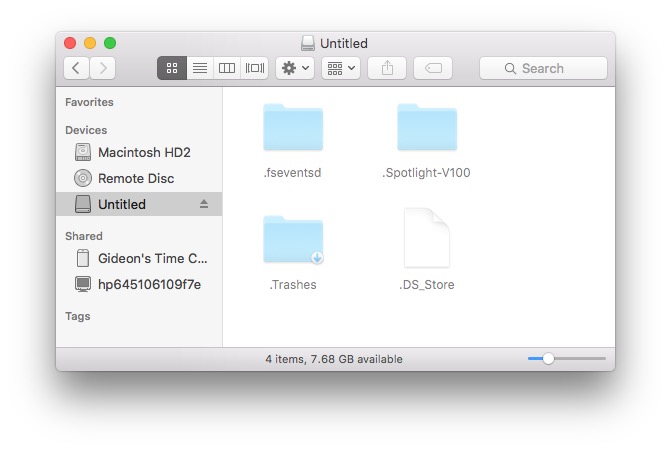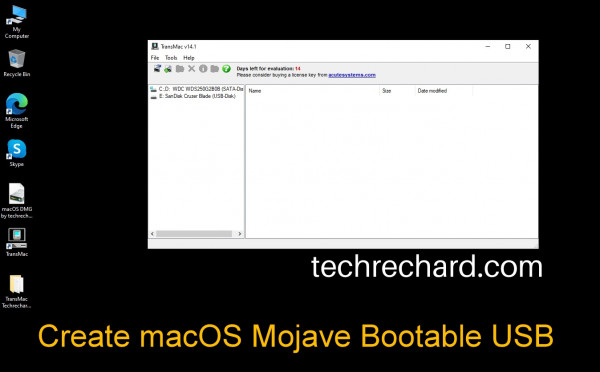

If the disk image will be used with a Mac that has a solid state drive (SSD) and uses macOS 10.13 or later, choose APFS or APFS (Case-sensitive).

In the Size field, enter a size for the disk image.Ĭlick the Format pop-up menu, then choose the format for the disk: This is the name that appears on your desktop and in the Finder sidebar, after you open the disk image. In the Name field, enter the name for the disk image. This is the name that appears in the Finder, where you save the disk image file before opening it.

In the Disk Utility app on your Mac, choose File > New Image > Blank Image.Įnter a filename for the disk image, add tags if necessary, then choose where to save it. If you don’t know the password for the root user, follow this Apple support page (Opens in a new window) to learn how to change this password.You can create an empty disk image, add data to it, then use it to create disks, CDs, or DVDs. Rather, it’s the password for the root user on your Mac. This is not the password for the account that you use to log in. OS X El Capitan: sudo /Applications/Install\ OS\ X\ El\ Capitan.app/Contents/Resources/createinstallmedia -volume /Volumes/ MyVolume -applicationpath /Applications/Install\ OS\ X\ El\ Capitan.app MacOS High Sierra: sudo /Applications/Install\ macOS\ High\ Sierra.app/Contents/Resources/createinstallmedia -volume /Volumes/ MyVolume MacOS Mojave: sudo /Applications/Install\ macOS\ Mojave.app/Contents/Resources/createinstallmedia -volume /Volumes/ MyVolume MacOS Catalina: sudo /Applications/Install\ macOS\ Catalina.app/Contents/Resources/createinstallmedia -volume /Volumes/ MyVolume MacOS Big Sur: sudo /Applications/Install\ macOS\ Big\ Sur.app/Contents/Resources/createinstallmedia -volume /Volumes/ MyVolume Replace the string My Volume with the volume name of your USB drive. At the Terminal prompt, type one of the following commands, depending on your version of macOS. Return to the Utilities folder on your Mac and open the Terminal app. Make sure the USB drive is still connected to your Mac. How to Set Up Two-Factor Authentication.How to Record the Screen on Your Windows PC or Mac.How to Convert YouTube Videos to MP3 Files.How to Save Money on Your Cell Phone Bill.How to Free Up Space on Your iPhone or iPad.How to Block Robotexts and Spam Messages.


 0 kommentar(er)
0 kommentar(er)
